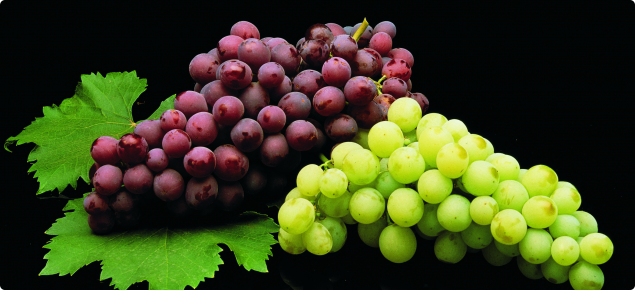Most varieties of table grapes are the European species Vitis vinifera. This species originated between the Caspian and Black Seas in Asia Minor. There are records of grape production as far back as 2440 BC. Table grapes differ from wine grapes mainly by the size of the berries. Varieties come in different colours and may contain seeds or be seedless.
Grapevines in the home garden can be grown over a pergola to provide shade or on a post-and-wire trellis. A full sun position is required as shaded vines are more susceptible to disease and tend to produce fewer bunches each season.
Vines can live for over 100 years in good growing conditions but the average productive life is 25–50 years.
Planting
Vines are best planted out in August/September while they are still dormant (e.g. just before budburst). Add compost or aged animal manure to all soils prior to planting and if the existing soil is sandy add compost, aged animal manure and clay. This mixture will help retain moisture and provide nutrients for the vine. A light dressing of blood and bone can be applied when the vine starts growing in early spring. Granular NPK fertilisers should not be used on newly planted vines until 6–8 weeks after the first emergence of green shoots, but can be used after this time.
Cuttings
Table grapes vines can be grown from hardwood cuttings taken in late winter from shoots have grown in the previous season. Select a section of cane about 30cm long that has five to seven buds. Cuttings should be 6–12mm in diameter with close internodes. A cut should be made immediately below the bottom bud and 2–5cm above the top bud. Plant the cuttings in moist, well-drained soil. The cuttings should be planted with the top bud clear of the soil and the second bud down (from the top) at ground level. This means that approximtely 1/4 of the cutting is out of the ground and 3/4 is below ground. There is no need to use rooting powders on grapevine cuttings because table grape cuttings take root easily. It is not normally necessary to graft onto a nematode tolerant rootstock, however, if the soil is very sandy it would be beneficial. Some varieties including Red Globe and Crimson Seedless will perform better if they have been grafted.
Potted vines

